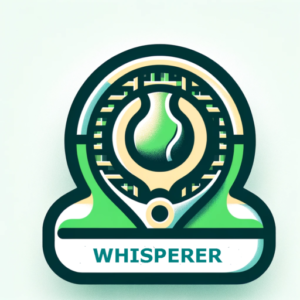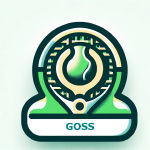Craft Over Banging: Flavio Cobolli
Craft Over Banging: Flavio Cobolli’s Rise on Clay
Flavio Cobolli isn’t the Italian name dominating headlines—yet. While Sinner and Musetti soak up the spotlight, Cobolli, now 23, is quietly building something tougher to ignore: a game rooted in style, patience, and trust in the coaching process.
Behind that growth is a powerful yet understated asset—his father and coach, Stefano Cobolli, whose approach trades flash for fundamentals and emotional intelligence.
From Soccer to Tennis
Once a promising right-back in Roma’s youth academy, Flavio swapped football for tennis at 14. It wasn’t just a change in sport—it was a shift in mindset. Tennis gave him full control, no teammates to lean on or blame. And Stefano—himself a former ATP pro with a career-high ranking of No. 236—built a system around that hunger for personal responsibility.
That partnership became the backbone of his rise. From grinding through an eight-match losing skid at the start of 2025 to lifting the ATP 500 trophy in Hamburg with a straight-sets win over Andrey Rublev, Cobolli’s journey is all about bounce-backs and belief.
Junior Wins That Mattered
Long before the tour titles, the clues were there. Cobolli won the boys’ doubles title at Roland Garros in 2020—a symbolic victory for a clay-court lifer. Even more telling was a junior win over Carlos Alcaraz in doubles, a match he still brings up, not for ego but for perspective. Their later training block in Spain wasn’t just friendly—it became a tactical exchange, reinforcing Cobolli’s court IQ and competitive fire.
Built, Not Bought Blueprint
Stefano Cobolli isn’t just Flavio’s coach—he’s the architect behind a game built to last, not just flash. He doesn’t chase trends. He builds from the ground up, sharpening Flavio’s strengths rather than trying to mold him into the latest prototype.
Here’s how they shaped the player:
-
Balance Before Brilliance
Everything starts with footwork, proprioception, and control. If you’re off balance, you’re off rhythm—and Flavio’s game lives on timing. Now he’s confident changing direction mid-rally without losing his balance or his shot. -
Clay Court DNA
They didn’t just train on clay. They trained for it. Sliding, recovery, long-point tolerance—it’s no surprise his biggest titles have come on the red stuff. It suits his game, and Stefano made sure he owned it. -
Learn from the Best
Training with Alcaraz at the Ferrero Academy gave Flavio a look behind the curtain—how elite pros prep, how they recover, how they switch on. It wasn’t just about hitting—it was about habits. -
Don’t Panic, Just Reset
After losses, they didn’t reinvent the wheel. No technical panic. Just a return to routines, match rhythm, and mindset. Trust the process, keep showing up.
Stefano didn’t force Flavio into a cookie-cutter system. He shaped what was already there—sharp hands, soft touch, and a brain built for chess, not checkers.
Tennis IQ Over Muscle
Flavio isn’t a serve-and-bang guy. At six feet tall, he builds points with variation and shape—mixing tempo, using angles, and waiting for the right moment. His coach never let him get seduced by power-for-the-sake-of-it.
Alcaraz once noted Flavio struggled with choosing the right shot at the right time. Now, that’s become a strength. He sees patterns early, adjusts on the fly, and builds pressure with his brain as much as his racket.
Wrap
In a sport that often disparages variety, Cobolli is proof that subtlety still wins matches. Built on clay, sharpened by setbacks, and coached with intent—he’s not just climbing the rankings. He’s doing it on his terms.




